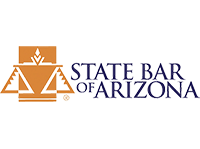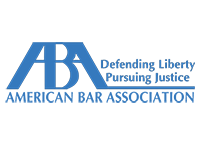The last time Arizona hosted the Super Bowl in 2008, a total of 10,409 DUI arrests were made and 937 traffic fatalities occurred that year. Of those deaths, 35 percent were alcohol related.
The risks associated high volumes of people in one area, such as drunk driving and other traffic concerns are lingering issues Arizona must face less than six months before it hosts Super Bowl XLIX, the nation’s largest annual sporting event.
Adjustments are being made in Arizona to accommodate the Super Bowl since Glendale may not have enough space or resources to do so on its own.
The NFL moved the NFL Experience fan event and the media headquarters from Glendale to downtown Phoenix, and notable CEOs and business executives from the Arizona Super Bowl Host Committee are expected to raise $35 million to help Glendale and the University of Phoenix put on the event next year, the Phoenix Business Journal reports.
With the event expanding from Glendale to other cities, traffic and transportation safety are factors for local officials to examine.
Super Bowl Sunday ranks as one of the most dangerous times of the year for drunk driving deaths. According to the National Highway Traffic Safety Administration, on that Sunday and into the following Monday, 43 percent of all traffic fatalities were caused by drunk driving in 2012, Mothers Against Drunk Driving reports.
Due to increased traffic in Glendale during the Super Bowl, drivers will need to be aware of the photo radar cameras positioned across the West Valley. These devices have caused issues for drivers who believe that certain areas have become speed traps that lack consistency when it comes to ticketing, Your West Valley reports.
Last spring, Glendale requested $2 million for public safety costs during the Super Bowl which the Arizona Legislature later rejected.
Despite the rejected request, Glendale City Councilman Gary Sherwood said that the city is ahead of schedule on its commitments to the Arizona Super Bowl Host Committee for public safety and transportation, The Arizona Republic said.
In contrast, Arizona Cardinals President Michael Bidwill believes the city isn’t doing enough.
“The city hall people really have done nothing” to support Super Bowl XLIX, Bidwill said in an interview with The Arizona Republic sports columnist Dan Bickley in August.






